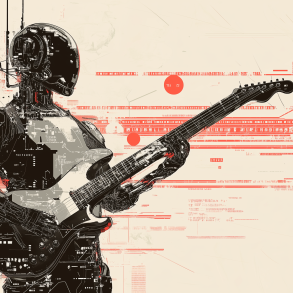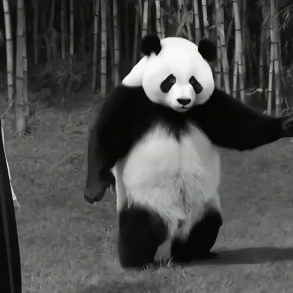Revived retailer Toys ‘R’ Us has become the first brand to utilize Sora, OpenAI’s eagerly awaited text-to-video tool, in its advertising. The one-minute commercial, which premiered at a conference in France this week, has been met with mixed reactions online.
Once a ubiquitous toy store, Toys ‘R’ Us went bankrupt in 2017 and closed all its locations, only to be revived within Macy’s stores in 2022. The brand unveiled its 66-second ad at Cannes Lions, the annual assembly of the advertising industry’s elite on the French Riviera. The advertisement employs Sora, OpenAI’s yet-to-be-released AI tool, to which the brand’s creative partner, Native Foreign, had early access.
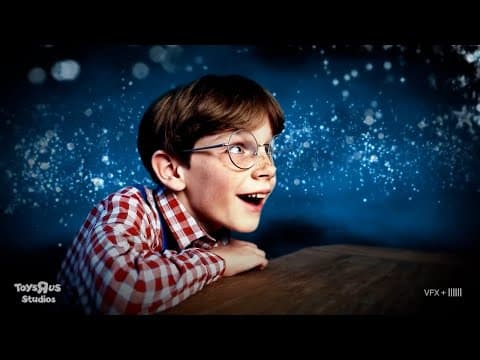
“Charles Lazarus was a visionary ahead of his time and we wanted to honor his legacy with a spot using the most cutting-edge technology available,” said Kim Miller Olko, the company’s global chief marketing officer and president of Toys ‘R’ Us Studios. “Our brand embraces innovation and the emotional appeal of Toys ‘R’ Us to connect with consumers in unexpected ways. We aim to capture that nostalgic feeling and deliver it uniquely to Toys ‘R’ Us kids of all ages. Partnering with Native Foreign to push the boundaries of OpenAI’s Sora is truly exciting. Dreams are full of magic and endless possibilities, and so is Toys ‘R’ Us.”
The company’s Studios page, now a landing page for the ad, states, “We are thrilled to partner with Native Foreign to push the boundaries of Sora, a groundbreaking new technology from OpenAI that’s gaining global attention. Sora can create up to one-minute-long videos featuring realistic scenes and multiple characters, all generated from text instruction. Imagine the excitement of creating a young Charles Lazarus, the founder of Toys ‘R’ Us, and envisioning his dreams for our iconic brand and beloved mascot Geoffrey the Giraffe in the early 1930s.”
The new AI-driven ad takes viewers on a journey into the uncanny valley, telling the origin story of Toys ‘R’ Us, its founder Charles Lazarus, and the iconic mascot, Geoffrey the Giraffe.
“Did you ever wonder how Toys ‘R’ Us and Geoffrey the Giraffe came to be?” a narrator asks as a 1950s small-town bicycle shop pans across the frame. “The son of a bike shop owner, Charles Lazarus had a vision that would go on to change toy stores forever.”
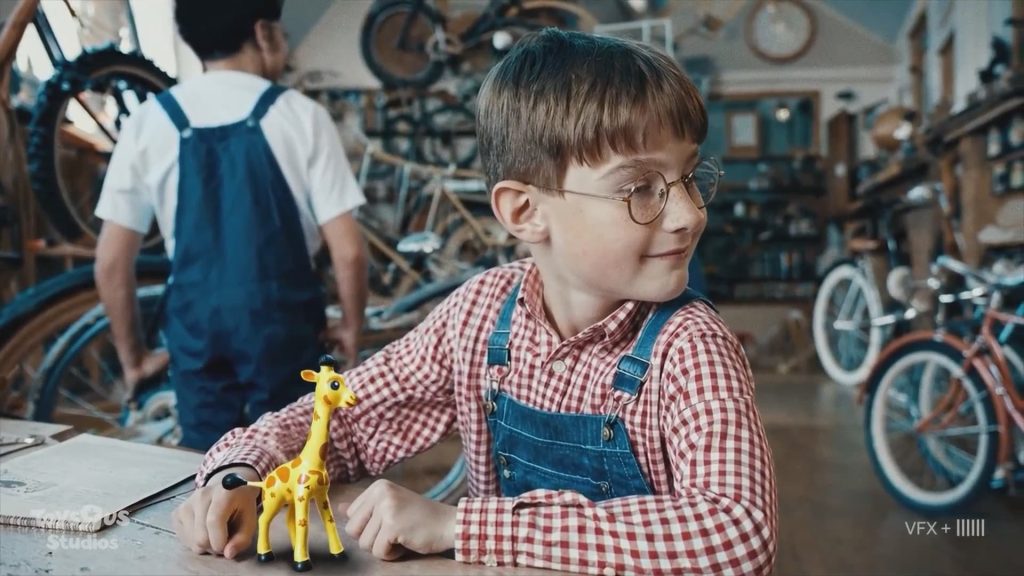
In the commercial, a young Charles is depicted in his father’s shop, reminiscent of the early scenes of Forrest Gump. As he falls asleep at a table, a toy giraffe next to him springs to life. The scene shifts into a dreamlike fantasy where Charles steps through a childlike vision of space, eventually meeting an early version of Geoffrey the Giraffe.
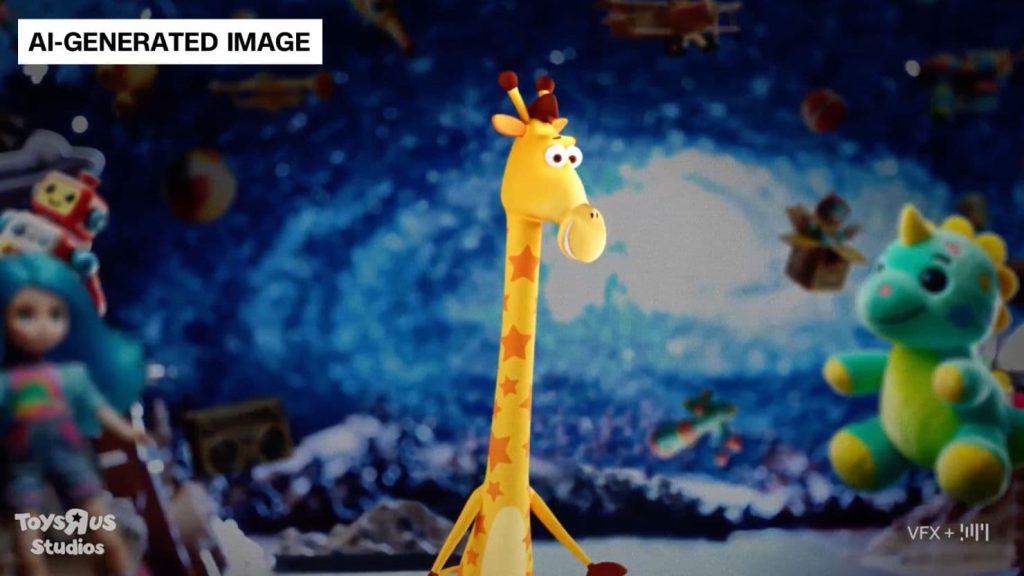
Online reactions to the text-to-video technology and its application in the ad have been varied. Some viewers are impressed, noting, “the use of generative AI in commercial work is here.” However, others, like writer Mike Drucker, find it less appealing. He tweeted, “Love this commercial is like, ‘Toys R Us started with the dream of a little boy who wanted to share his imagination with the world. And to show how, we fired our artists and dried Lake Superior using a server farm to generate what that would look like in Stephen King’s nightmares.’”
Nik Kleverov, chief creative officer of Native Foreign, shared with CNN that working with Sora had its challenges in terms of ease and speed. “Everything you see was created with text, but some shots came together quicker than others; some took more iterations,” he explained. “The blocking, the way the character looks, what they’re wearing, the emotion, the background — it has to be a perfect dance. Sometimes you would create something that was almost right and other times not so right.”
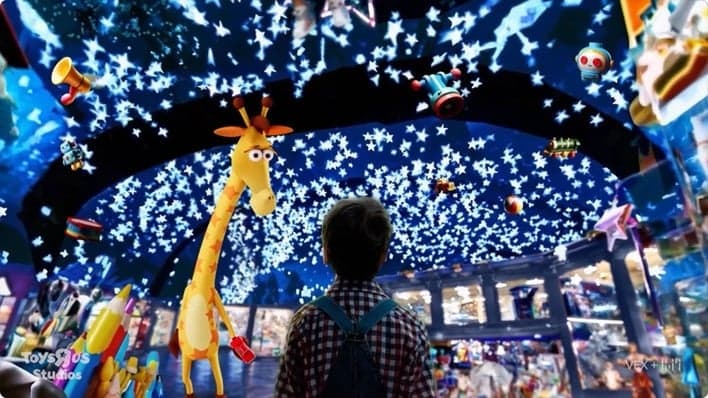
Sora was first introduced to the public in February, with OpenAI highlighting its capability to create video from simple text commands, featuring multiple characters, specific motions, and detailed backgrounds. While OpenAI has not provided an official release date for Sora, it is rumored to be available to the public by the end of summer.




